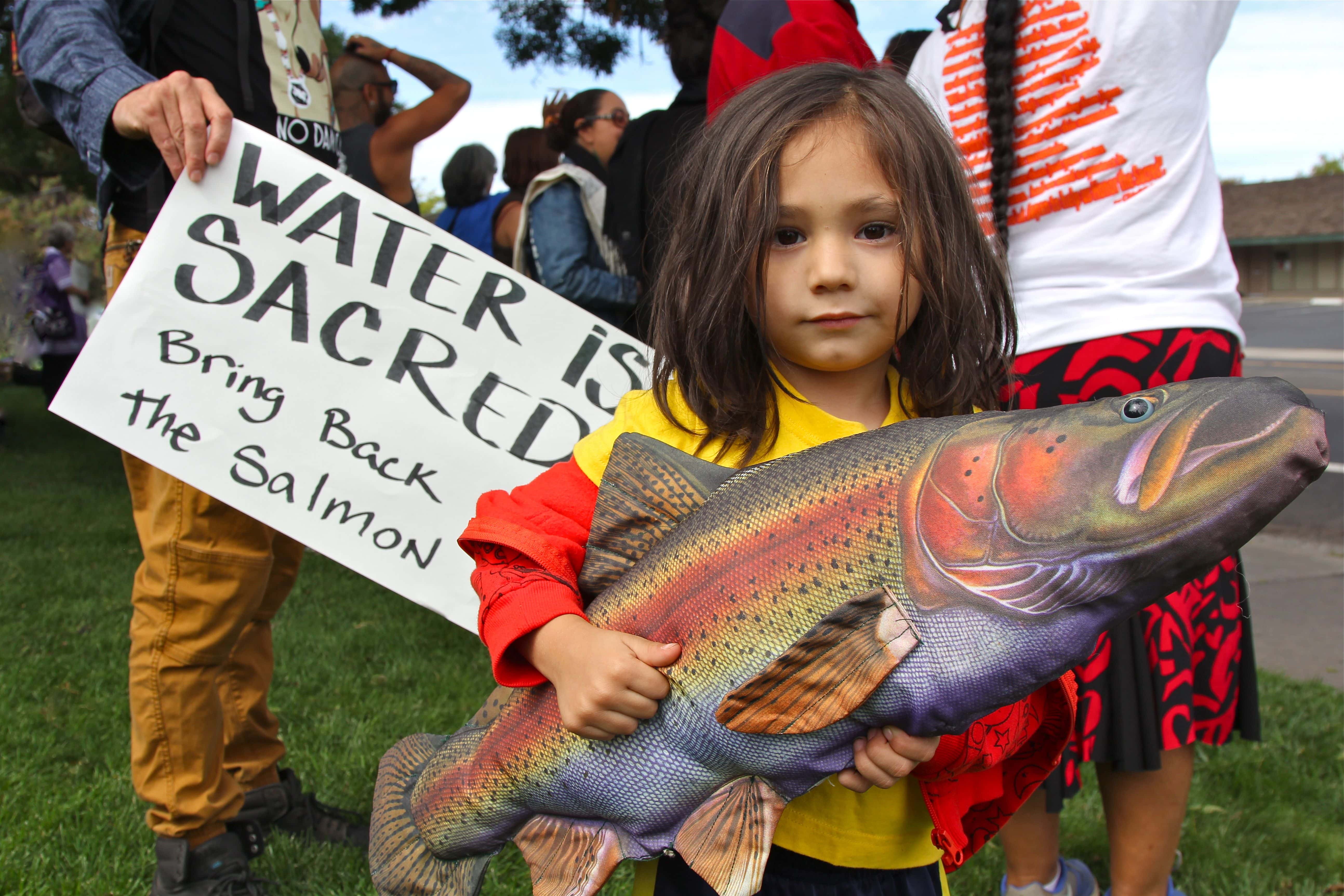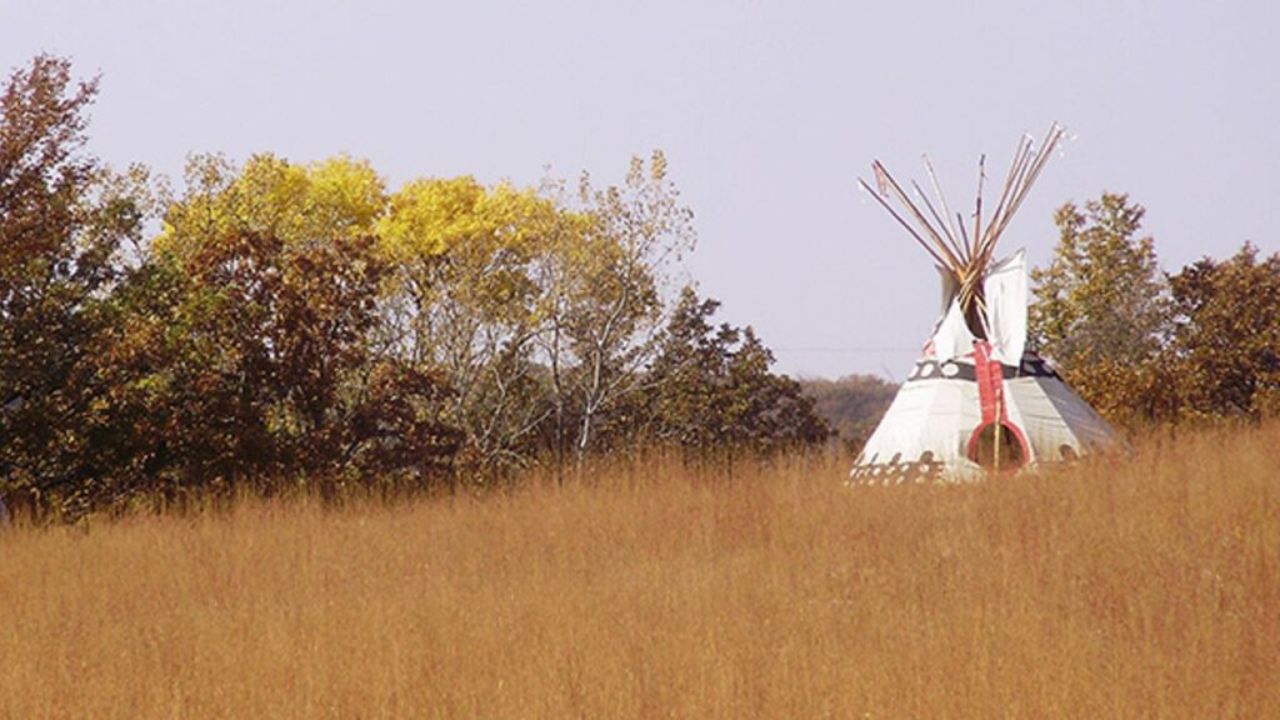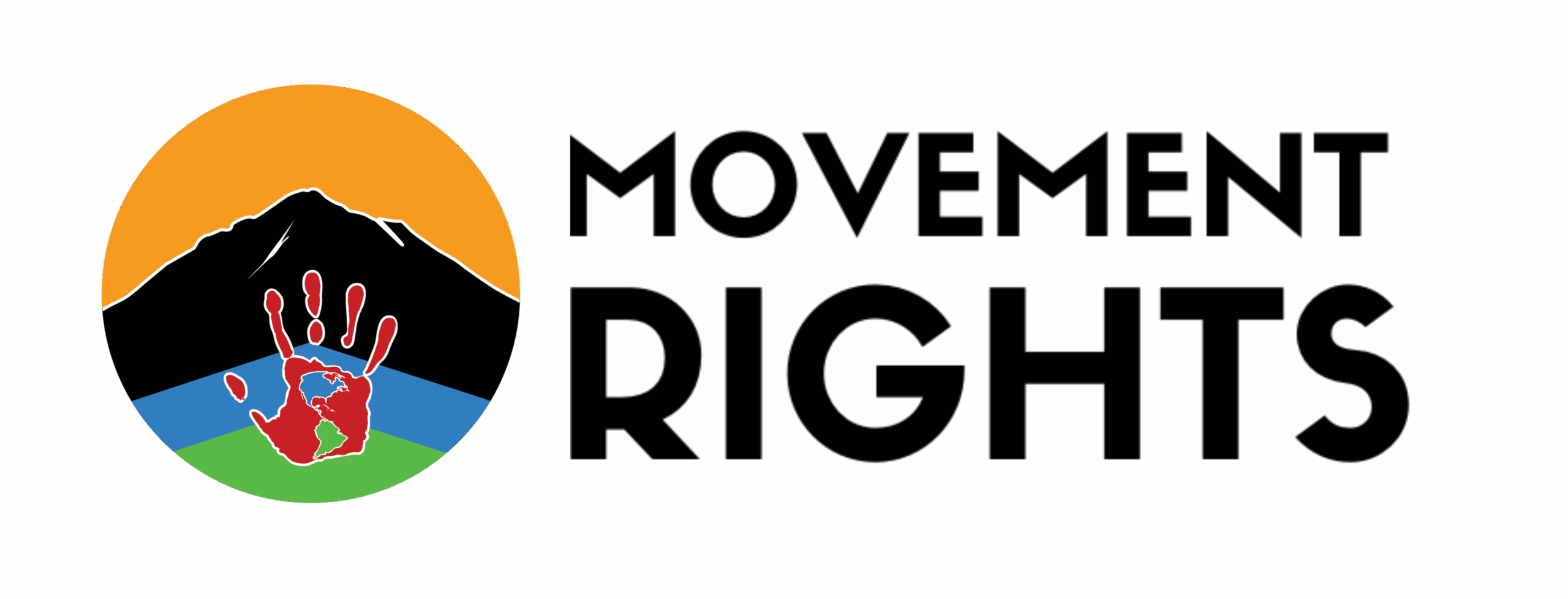When we are doing the important work of Rights of Nature and Land Back, sometimes it can be disheartening to hear about all of the setbacks occurring in our communities. This blog will delve into the triumphs and successes in recent months of Indigenous communities reclaiming their lands and the emerging legal frameworks to safeguard the inherent rights of nature.
1. Winnemem Wintu Won 1,080 Acres of Ancestral Lands Back…
Making it possible to protect their salmon, practice their traditions, and restore waterways. They were able to purchase the land with $2 million in private donations. With the remaining funding (and other sources) they have plans to build an eco-village to bring them “back into their collective tribalism.” Chief Caleen Sisk said “A lot of prayer and good-hearted people helped us get there. But I wouldn’t have imagined that we could have ever done that.”
Source: Vox.com

Photo Credit: Toby McLeoW
2. Panama Recognizes Legal Rights of the Leatherback Sea Turtles
In Panama, Leatherback Sea Turtles have recently gained the right to “live in a pollution-free environment and remain unharmed by fishing activity, coastal development, and climate change.” In addition to offering punitive protections, the law also aims to “prevent further harm and restore populations through community partnerships.” This not only holds individuals accountable but also holds the government responsible for doing something if the environment of the sea turtles is being polluted or disrupted in any way.
Source: The Washington Post

3. Land transferred back to the Upper Sioux Dakota Tribe for the first time ever by the state of Minnesota.
Over a century ago, the Dakota people were denied supplies by the United States Government leading to starvation and deaths on the land in Granite Falls, MN. Holding the burials of their people, the tribe had to unjustly pay a fee every time they wanted to visit the graves of their ancestors. For the first time ever, the state of Minnesota is gifting back this 2 square miles of park to the Upper Sioux Dakota people. “We’re just a small community. We’ve accomplished something teetered on the edge of impossible,” said Kevin Jensvold, chairman of the Upper Sioux Community.
Source: AP News
 Photo Credit: Minnesota DNR
Photo Credit: Minnesota DNR
4. Red Lake Band of Chippewa Nation is having two parcels of city-owned land transferred back.
Red Lake elders plan to use the building as a place of healing with an opioid treatment center and possible housing. The empty lot next to the proposed renovation will be used to host sacred ceremonies and a community healing garden. Minneapolis city officials plan to partner with “Uplifting our Relatives” to also assist in providing funding to continue with other programs to aid in the opiate crisis that disproportionately impacts the indigenous population in the city.
Source: Kare11.com
 Credit: Zoe Jackson | Star Tribun
Credit: Zoe Jackson | Star Tribun
5. Largest-Ever Land Back Returned to Gabrielino Shoshone Nation in LA
Over 12 acres of land were returned in September to the Gabrielino Shoshone Nation. This land will be used for the Chief Ya’anna Learning village, a place to engage the community in Native ecosystem restoration, climate mitigation, and the process of decolonization. Nick Tislen, President and CEO of NDN Collective, stated, “Through the acquisition of land and the revival of language and culture, AIUP is fostering autonomous communities for intertribal Indigenous people, youth, and families, both locally and internationally. We hope that this moment serves as a call to action to restore land to Indigenous hands, inspiring other Indigenous communities to follow suit.”
Source: Native News Online
The work doesn’t stop here, ,many communities are working tirelessly to reclaim their land and protect the rights of nature. After reading this, and you are asking what you can do? The Mashpee Wamponog are working on a project to return 12 acres to their community with plans to create a traditional pre-contact Wampanoag homesite.
As described on the Wampanoag Website, the goal of this project is to:
- “Educate tribal youth and community members on traditional cultural practices”
- “Promote conservation and clean water initiatives”
- “Promote economic development”
- “Provide employment opportunities for tribal members”
To further support please go to: Revitalising 12 Acres, Healing Across Communities.
Additional Resources for LandBack News:




